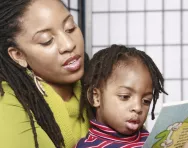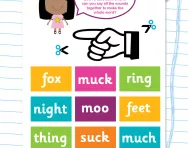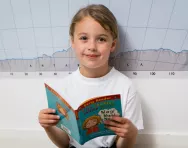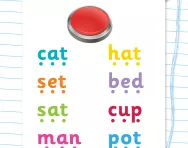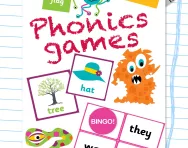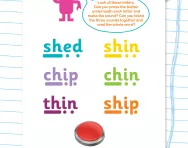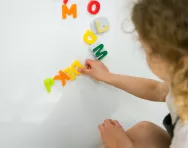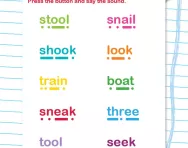Important update from TheSchoolRun
For the past 13 years, TheSchoolRun has been run by a small team of mums working from home, dedicated to providing quality educational resources to primary school parents. Unfortunately, rising supplier costs and falling revenue have made it impossible for us to continue operating, and we’ve had to make the difficult decision to close. The good news: We’ve arranged for another educational provider to take over many of our resources. These will be hosted on a new portal, where the content will be updated and expanded to support your child’s learning.
What this means for subscribers:
- Your subscription is still active, and for now, you can keep using the website as normal — just log in with your usual details to access all our articles and resources*.
- In a few months, all resources will move to the new portal. You’ll continue to have access there until your subscription ends. We’ll send you full details nearer the time.
- As a thank you for your support, we’ll also be sending you 16 primary school eBooks (worth £108.84) to download and keep.
A few changes to be aware of:
- The Learning Journey weekly email has ended, but your child’s plan will still be updated on your dashboard each Monday. Just log in to see the recommended worksheets.
- The 11+ weekly emails have now ended. We sent you all the remaining emails in the series at the end of March — please check your inbox (and spam folder) if you haven’t seen them. You can also follow the full programme here: 11+ Learning Journey.
If you have any questions, please contact us at [email protected]. Thank you for being part of our journey it’s been a privilege to support your family’s learning.
*If you need to reset your password, it will still work as usual. Please check your spam folder if the reset email doesn’t appear in your inbox.
Blending sounds: teachers' tips

When most of us parents were at primary school, reading was taught in an entirely different way. We’d never heard of phonics, and neither would have many of our teachers! We learnt our ‘sounds’, had flashcards with words to memorise sent home and generally tended to learn via constant practice without much teacher input.
Fast forward to today: the majority of primary children have daily phonics sessions, 10-15 minutes of focused classroom work on reading, and a key component of phonics learning is ‘blending’.
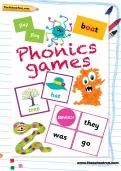
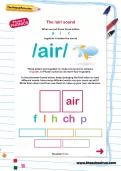
'At-home' phonics support kit
- Step-by-step phonics programme
- Your guide to phonics
- Worksheets & games
So, what does blending mean?
Blending is a key skill, perhaps the key skill, children need when learning to read. Early in Reception year they’ll begin to learn their sounds (or phonemes) – there are 44 in total. At the same time they’ll begin to learn how to blend them together, to read words. So, /c/ /a/ /t/ can be ‘sounded out’ and they’ll blend it to read ‘cat’.
Learning to blend sounds step-by-step
Initially your child will learn to blend with simple two- and three-letter words.
It gets trickier when longer words are introduced, when sounds are spelt with more confusing spelling patterns, and when there are ‘cluster’ sounds within a word which become harder to segment and then subsequently blend. The ‘learning to blend’ journey, though, is all supported through their phonics work at school.
Blending practice at home: how parents can help
- Try some fun worksheets and activities Playing is how children learn best, and learning to blend is certainly no exception to this rule. Look through all TheSchoolRun's phonics worksheets to find the best ones for your child.
- Start small When reading with a young child, ensure you don’t encourage or insist on them blending every single word in a book. Firstly it’ll take forever! Secondly, and most importantly, the story will be lost, reading will become a chore and they’ll begin to find the process boring and tiring and feel like a failure. Start by only looking at the two-letter words in a story book (‘it’, ‘on’, ‘is’, etc) before moving on to CVC words such as ‘tap’ and ‘bin’. Sound out each phoneme, tapping the corresponding letters as you do so, then give your child time to blend the word (it may take a minute or so for them to get it, but give them that ‘mental space’ to think!).
- Are we sitting comfortably? Blending is tricky. It’s working out this crazy code and piecing it all together. Make your child isn't tired; if they are, leave it until tomorrow. Insisting on them doing all the hard work of reading will only put them off – let them enjoy you reading to them regularly, too.
- Some children add /uh/ on the end of a sound (for example, /m/ becomes /m/ /uh/). Whispering can help with this as it can encourage them to focus on the shape their mouth should make when saying a sound. If they’re not getting the sounds right, successful blending is impossible.
- Don’t speak or rush them as they’re trying to blend. This skill needs their full concentration; show them you’ve got time for them to figure it out.
- Invest in a set of magnetic letters for the fridge, and use different colours for segmenting the different sounds in a word.
To help your child practise blending particular sounds watch a blending-focus episode of Alphablocks, below.
